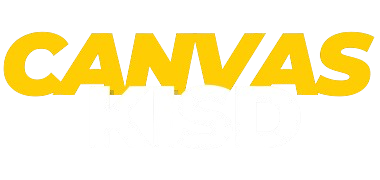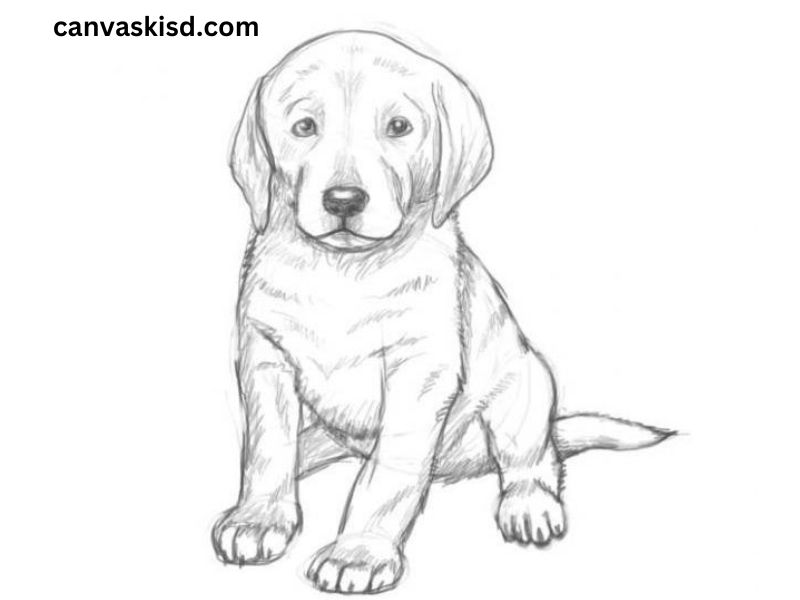Drawing dogs can be a rewarding yet challenging endeavor for artists of all skill levels. From the playful wag of a tail to the soulful look in their eyes, dogs offer a wealth of inspiration. This article will delve into the techniques, styles, and tips for capturing the essence of our canine companions on paper.
Understanding Dog Anatomy
Before you start drawing, it’s crucial to understand the basic anatomy of a dog. Knowing how their bodies are structured will help you create more realistic representations. Here are some key components to focus on:
- Proportions: Dogs come in various sizes and shapes, but understanding basic proportions is vital. Generally, a dog’s body can be divided into three sections: the head, the torso, and the legs. A typical proportion for many breeds is about 3:5:3 for head:body
- Skeleton Structure: Familiarize yourself with a dog’s skeletal structure. The skull shape varies between breeds, but the basic components—skull, jaw, and neck—remain constant. Study how the bones connect and move, especially the joints in the legs.
- Muscle Groups: Dogs have powerful muscles that contribute to their movement. Understanding the major muscle groups—especially in the legs and back—will help you depict a dog in action or at rest.
Tools and Materials
Choosing the right tools can significantly affect your drawing experience. Here’s a list of essential materials:
- Pencils: Graphite pencils in various hardness (H for lighter lines and B for darker) are ideal for sketching. For fine details, a mechanical pencil can be useful.
- Paper: Choose sketch paper or drawing paper with a smooth surface. For more detailed work, consider heavier paper that can withstand erasing and layering.
- Erasers: A kneaded eraser is perfect for gentle corrections, while a vinyl eraser can remove more stubborn lines.
- Blending Tools: Blending stumps or tortillons can help smooth out shading and create depth.
- Coloring Tools: If you prefer color, colored pencils, markers, or watercolors can bring your dog drawings to life.
Basic Drawing Techniques
- Sketching the Outline: Start with light, loose sketches. Use simple shapes to construct the dog’s form—ovals for the body, circles for the head, and lines for the legs. This stage is about getting proportions and poses right.
- Defining Features: Once you’re satisfied with the outline, start refining the details. Focus on the eyes, nose, ears, and mouth, as these features are key to conveying expression. Pay attention to the breed characteristics—whether it’s a pug’s flat face or a greyhound’s elongated snout.
- Adding Texture: Dogs have different fur types, from smooth to fluffy. Use short, quick strokes for short-haired breeds and longer, flowing lines for longer fur. Consider the direction of the fur growth to add realism.
- Shading and Depth: Introduce shading to give your drawing depth. Observe the light source and how it affects the dog’s form. Use a softer pencil to create shadows and a blending tool to smooth out harsh lines.
Capturing Expression
Dogs are expressive animals, and capturing their emotions can bring your artwork to life. Here are some tips:
- Eyes: The eyes can convey a lot of emotion. A slight change in the angle of the eyebrows or the shape of the pupils can dramatically alter the expression.
- Mouth: A relaxed mouth can indicate a calm dog, while a tightly closed mouth can show tension. Pay attention to the slight variations in shape when the dog is panting, barking, or at rest.
- Ears: Ears can change position based on a dog’s mood. Upward ears may indicate alertness, while droopy ears often suggest relaxation or submission.
Different Styles of Dog Drawing
Experimenting with different styles can help you find your artistic voice. Here are a few styles to consider:
- Realistic Drawing: This style focuses on accurately portraying the dog’s physical attributes. It often requires attention to detail and extensive knowledge of anatomy and texture.
- Cartoon Style: Cartooning allows for exaggeration and fun expressions. Simplified shapes and vibrant colors can create a playful representation of dogs.
- Abstract Art: If you prefer a more modern approach, consider abstract styles. Use shapes, colors, and lines to evoke the essence of a dog without adhering to realistic proportions.
- Mixed Media: Combining different materials—like pencil, watercolor, and ink—can create unique effects. This style allows for personal expression and creativity.
Tips for Drawing Dogs
- Use Reference Photos: Study images of dogs in various poses. Observing different breeds can also inspire your style and improve accuracy.
- Practice Regularly: The more you draw, the better you will become. Dedicate time each week to practice different poses and techniques.
- Join a Community: Engaging with other artists can provide feedback and inspiration. Consider joining online forums or local art groups focused on animal drawing.
- Experiment: Don’t be afraid to try new techniques or styles. Each drawing is an opportunity to learn and grow.
Conclusion
Drawing dogs is a fulfilling artistic pursuit that combines skill, observation, and passion. Whether you’re aiming for realistic portrayals or whimsical cartoons, understanding canine anatomy, mastering techniques, and capturing their unique personalities will enhance your artwork. Remember, practice is key—so grab your pencils and start drawing your furry friends today!




